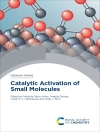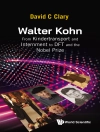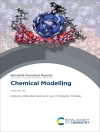Presenting the basic science of semiconductor photocatalysis together with the various practical applications, this textbook is ideal for graduate students. It covers fundamental principles and applicable techniques of light, solid state physics, electrochemistry, reaction kinetics, and materials processing. A solid understanding of semiconductor photoelectrochemistry is developed through discussing the basic properties of a representative photocatalytic material, Ti O2; the basic science of the light absorption phenomenon and the application to the powder suspension useful for the photocatalytic research; and the electronic state of semiconductors. Following this, the textbook moves on to explore photoelectrochemistry; the mechanism and kinetic analysis of photocatalytic reactions; typical fabrication methods of common photocatalysts and the factors for improving photocatalytic activity; and evaluation methods of photocatalytic activity. The textbook concludes by looking at the future prospects of the applications of photocatalysis. This introductory textbook provides a foundation in photocatalysis to supplement graduate courses in catalysis, environmental science, materials science and chemical engineering.
Table of Content
What is a Photocatalyst?; Principles of Light Over Solids; Principles of Semiconductors; Principles of Photoelectrochemistry; Photocatalyst Surface and Active Species; Kinetics and Mechanism in Photocatalysis; Methods for Improving Photocatalytic Activity; Fabrication of Practical Photocatalysts; Evaluation Methods of Reactivity; Future Applications of Photocatalysis.
About the author
Atsuko Nosaka is a former Lecturer at Nagaoka University of Technology, Japan. Her main research areas were in the characterization of water molecules adsorbed on solid and membrane surfaces and the structural characterization of biomolecules mainly by means of NMR spectroscopy.












